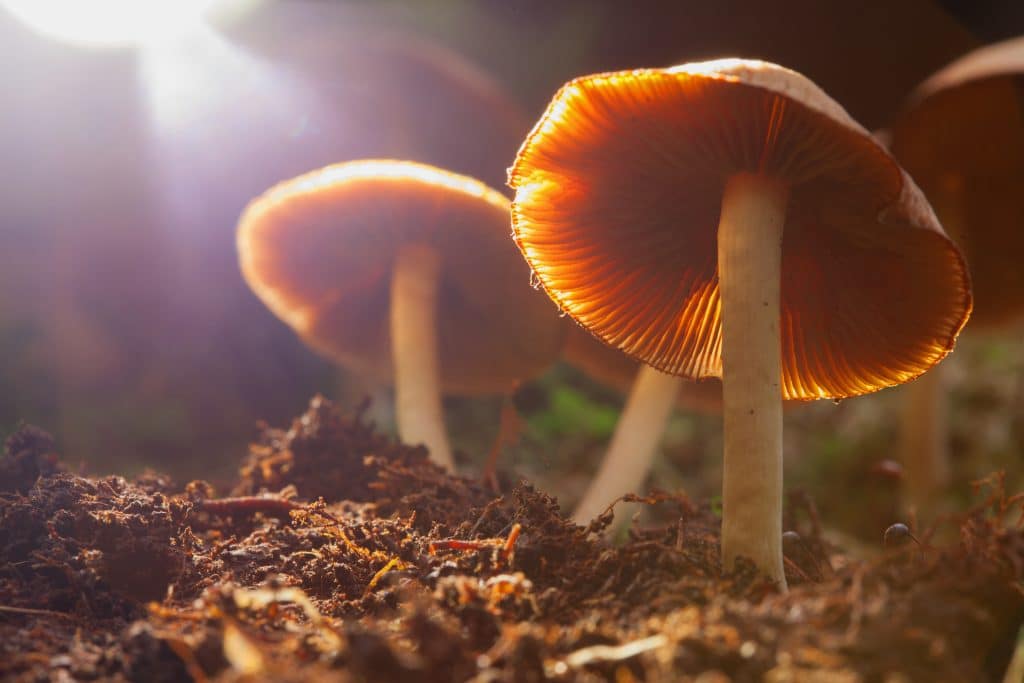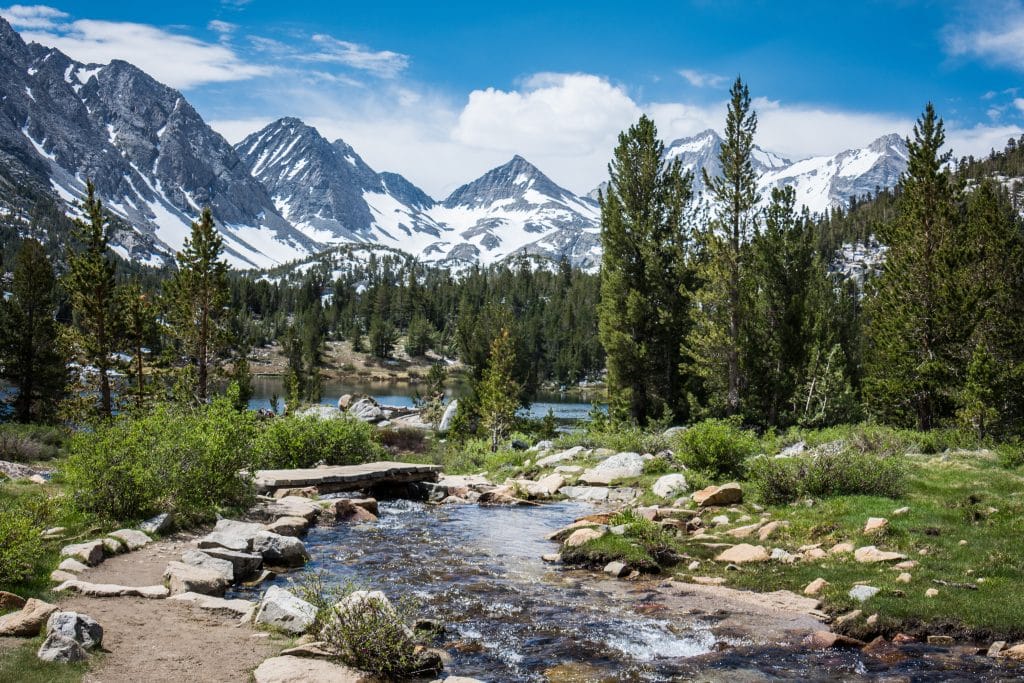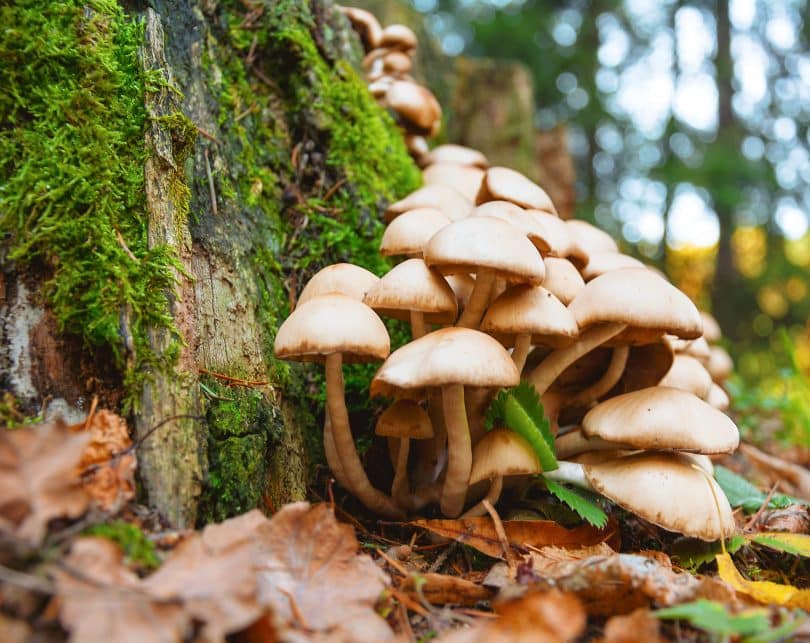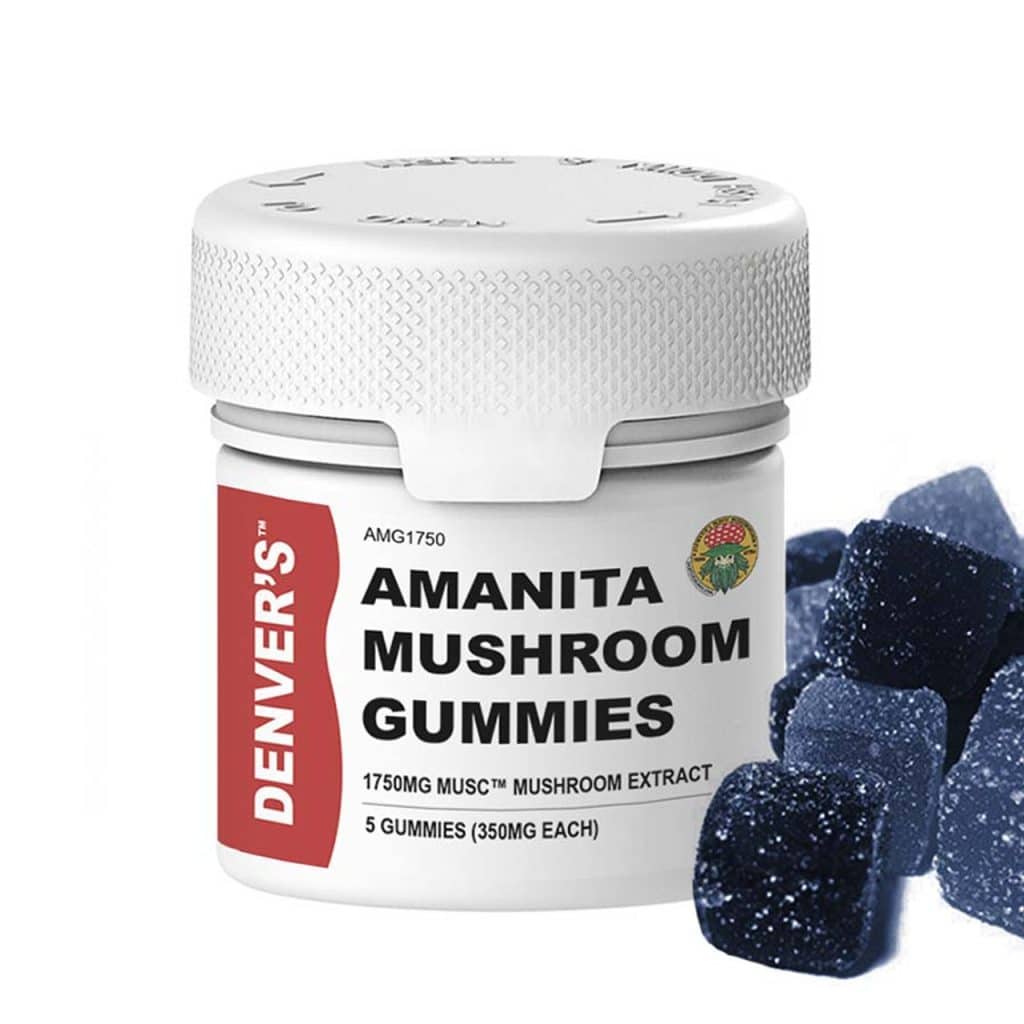If you know where to look, psychedelic mushrooms are found abundantly throughout nature in both tropical and temperate regions. As long as you’re careful and knowledgeable of the different mushroom species in your area, you can have a lot fun foraging.
There are over 200 different species of psychedelic mushrooms on this earth, and each species can contain hundreds, if not thousands, of unique strains and substrains. That said, there is soooo much variety when it comes to mushrooms, which is why I cannot stress the importance of being completely familiar with what you’re picking. Although differences in appearance can be negligible, effects can vary quite dramatically, so you want to make sure the mushrooms you end up with will get you high, and not put you in the hospital.
Psilocybin Mushrooms vs Fly Agaric
Just like trees and flowering plants, different regions produce different species of magic mushrooms. The term ‘shrooms’ is mainly used in reference to psilocybin mushrooms, which are currently the most popular hallucinogenic fungi in modern psychonaut culture. But another type of magic mushroom, known as Amanita muscaria/Fly Agaric, is popular in areas where psilocybin mushrooms don’t grow well.
Just to quickly point out, there are some major differences between fly agarics and psilocybin mushrooms – aside the areas in which they grow. First, is their appearance. Psilocybin mushrooms vary in color and size but are generally unassuming in how they look. Fly agarics have a very distinctive look to them and have become kind of the quintessential animated fantasy mushroom (think Mario Brothers with the large, red-capped mushrooms covered in white spots).
The other way in which they differ is in the mechanisms by which they impact the brain and body – or how they produce a high – as well as the medical benefits they offer. Psilocybin mushrooms are serotoginic, so they have some stimulant properties that don’t work for everyone. This is the reason that some people experience higher levels of anxiety when tripping on shrooms. Fly agarics, on the other hand, contain ibotenic acid and muscimol and are technically classified as neurotoxic mushrooms, but the effects are comparable to any other mushroom high, just more slow-paced and relaxing.
To stay current on everything important happening in the industry, subscribe to The Cannadelics Weekly Newsletter. Also, it’ll get you premium access to deals on cannabis flowers, vapes, edibles, and much more! We’ve also got standout offers on cannabinoids, like HHC-O, Delta 8, Delta 9 THC, Delta-10 THC, THCO, THCV, THCP & HHC, which won’t kill your bank account. Head over to our “Best-of” lists to get these deals, and remember to enjoy responsibly!
Want Daily Updates?
Subscribe to Cannadelics News on Telegram!
Now back to foraging. Psilocybin mushrooms grow well in many tropical and subtropical regions around the world, but are mainly found throughout North, Central, and South America. In the United States specifically, the Pacific Northwest, the Rustbelt, Central Florida, and East Texas are the regions with the highest rates of observations for natural psilocybin mushrooms. When growing them at home, they require pretty consistent temperatures of around 80-90 degrees Fahrenheit, but in the wild they can withstand slightly cooler weather, which is why can thrive in both the Pacific Northwest and Midwest regions.
Fly agaric mushrooms grow in forests, pastures, and fields throughout temperate and boreal regions of the Northern Hemisphere. So, in regions further away from the equator where it may be too cold for psilocybin mushrooms to grow, you’ll find more Fly agaric mushrooms. For reference, tropical regions are warm and humid basically year round, whereas temperate regions may also be humid, but have all four seasons with cooler summers from June to September.
What Mushrooms Need to Grow
Exactly where mushrooms grow depends on what type of mushroom you’re looking for. Not referring to the aforementioned types, but instead, whether they are ectomycorrhizal or saprotrophic types of fungi. Ectomycorrhizal fungi have a symbiotic relationship with the root systems of various plants living around them, whereas saprotrophic fungi are decomposers of organic material. This differentiation will determine where in your region you look for mushrooms (in an open field under animal dropping vs along the side trunks of living trees).

Regardless, mushrooms do not contain chlorophyll so they cannot produce their own food using the process of photosynthesis like other plants do. Mushrooms utilize the substratum that they grow on or have formed a symbiotic relationship with to harness the required nutrients needed for proper development.
The most crucial component for the successful growth of all fungi, is moisture. Contrary to popular belief, too much moisture can actually be a bad thing that kills mushrooms, so proper humidity levels are key. Along with moisture, fertile soil is a must. Mushrooms require a variety of essential nutrients including sugar, starch, lignin, fats, proteins, and nitrogen – often found in soil that has come type of decaying elements like old tree bark, fallen leaves, dung, mulch, and compost. Dry air and harsh wind can easily kill most species of mushrooms, so you’ll typically find them in covered, well-protected spots.
Too much light can also be an issue. While they don’t necessarily need pitch-black darkness to grow, the absence of light can help the air retain consistent temperature and humidity levels. When it comes to moisture, that’s relatively the same across the board – fungus needs moisture, it’s a simple rule of nature. But the temps needed to grow mushrooms will vary based on the species. Psilocybin mushrooms do well in warmer climates while fly agarics prefer slightly cooler weather.
Forage for Psychedelic Mushrooms in the US
In the United States, the very best areas for amateur mycologists are the semi-urban regions of the Pacific Northwest, from northern California up to Washington state. The number one, top-rated spot for mushroom hunting is Alpine County, CA, situated in the Sierra Nevada mountain range. Aside from having both an impressive abundance and diversity of wild mushrooms, the aforementioned areas have many different resources and social events for budding foragers such as mushroom meetup groups, forager festivals, and more.
And despite the strong emphasis on humidity and natural coverage, there are some arid regions that produce mushrooms as well. In areas such as San Bernardino County, CA, and Bernalillo County, NM have very active mycophile communities with many experienced members who have a lot of knowledge about locating psychedelic desert mushrooms.
A full list of the top counties in the US to forage for psychedelic mushrooms are as follows: Alpine California, Lane Oregon, Lake Minnesota, Lincoln Oregon, San Miguel Colorado, Curry Oregon, Sitka Alaska, Charlevoix Michigan, King Washington, Grant Wisconsin, Denver Colorado, Pacific Washington, Alameda California, Linn Iowa, Marion Oregon, Crawford Wisconsin, Chaffee Colorado, Washington Oregon, Wexford Michigan, Rockingham North Carolina, Los Angeles California, Bernalillo New Mexico, San Diego California, Santa Cruz California, and Skagway-Yakutat-Angoon Alaska.

If you need more information about where to look and how to connect with people, consider joining an online community. Aside from the many psychonaut communities you can become a part of these days, there are a good number of research and observation-based sites where you can see what type of fungi is being found in what area – often with markers and notes to highlight the exact location (down to the coordinates sometimes) where different plants have been found.
One of the most well-known sites is iNaturalist.com, although this one is very broad and people can report observations about all plants, as well as different animal and insect species. A couple popular sites that are specific to mushroom hunting are Mycomap.com and MushroomObserver.org. Another helpful tool to have in your back pocket is a plant identification app. My personal favorite is PictureThis. I have the app on my phone, it has helped me avoid poison ivy and other itchy plants that I was unfamiliar with when I first moved to Indiana. Simply open the app, center the plant in question in the middle of the screen so the app can take a photo of it, then see what observations/species get pulled up. It’s not 100% accurate, so take those results with a grain of salt, but it can certainly be helpful with common species or to narrow down the possible options.
New: Amanita Muscaria Mushroom Gummies
Final Thoughts
Whether you’re in the woods or desert, a tropical or temperate region, you’re sure to find some psychedelic mushrooms in the wild… if you know where to look and how to forage. If you need help, it could be in your benefit to join a local group or sign up for a website dedicated to mycology.
Hello readers! We appreciate you joining us at Cannadelics.com, a top choice news platform for independent coverage of the growing cannabis and psychedelics landscapes of today. Come by the site whenever possible for updates on current and world-changing events, and head over to the Cannadelics Weekly Newsletter, so you’re always up on what’s going down.










